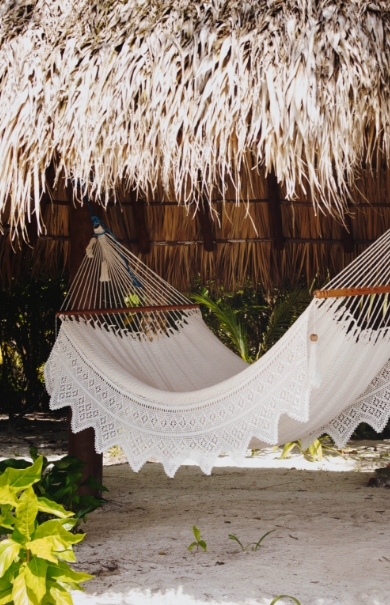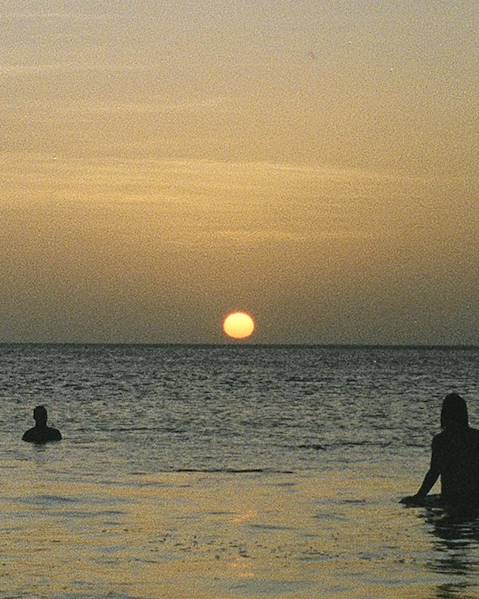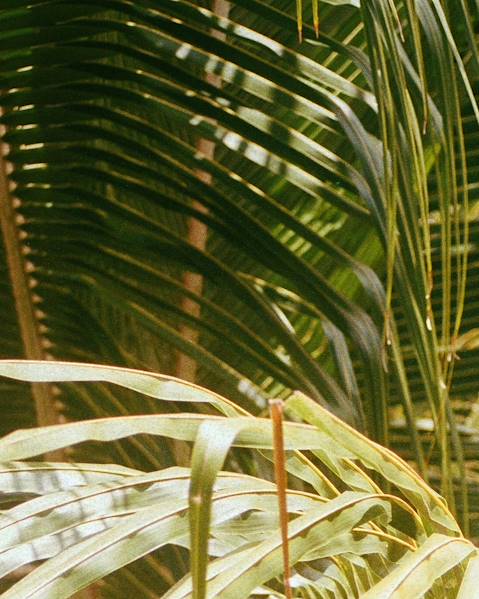Population
6.851 million
Official Language
Spanish
Languages Spoken
While the official language of Nicaragua is Spanish, many Nicaraguans on the Caribbean coast speak both Indigenous languages and English. Some of the most common Indigenous languages include Miskito, Sumo, and Rama.
People
Most Nicaraguans are Mestizos, which means persons of mixed European and indigenous (Indian) ancestry. Whites (of European descent) make up less than one-fifth of the total population. People of African descent, indigenous people and other groups collectively amount to nearly one-fourth of the total population. As for the indigenous groups these are often split into two main regions, the west coast and the east coast. The west has a small number of Monimbó and Subtiava groups, as well as the Matagalpa (whose language is extinct), who live in the west-central city of the same name. The Miskito, Sumo, and Rama reside on opposite eastern coast. Descendants of the Carib people and Africans exiled from British colonies in the eastern Caribbean (Lesser Antilles) in the 18th century, and Creoles, English-speaking blacks mainly from Jamaica live predominately in the eastern region and are known as the Garifuna (formerly called Black Caribs).
Religion
Nicaragua has no official religion although around half are Roman Catholic. There has been a rise in Evangelical Protestantism since the 1980s, as well as smaller Moravian and Anglican communities, who can be found on the Caribbean coast. A very small Jewish community also exists in larger cities.
National Holiday
July 19th celebrates the Revolution, which culminated in 1979 with the overthrowing of the former president of Nicaragua, Anastasio Somoza Debayle.
Holiday calendar
January 1: New Year’s Day
Late March to early April: Easter (from Good Friday to Easter Monday).
May 1: Labour Day
September 14: Battle of San Jacinto
September 15: Independence Day
November 2: All Soul’s Day
December 8: The Immaculate Conception
December 25: Christmas Day
December 31: New Year’s Eve
Politics
Nicaragua’s political framework uses a presidential representative democratic republic, where the President of Nicaragua is both head of state, head of government and of a multi-party system. However, the power is exercised by the government and legislative power is vested in both the government and the national assembly. The judiciary makes up the third branch of government.
History
The largest country in Central America Nicaragua (officially the Republic of Nicaragua) is a place bordered by Honduras to the north, the Caribbean to the east, Costa Rica to the south, and the Pacific Ocean to the west. The country’s capital and largest city is Managua, which as of 2015 has been estimated to be the second largest city in Central America.
Nicaragua has been inhabited by various indigenous cultures since ancient times, but it was the Spanish, who conquered the region during the 16th century who had the strongest hold (at least until 1821 when Nicaragua reclaimed their independence. The Mosquito Coast followed a slightly different path, having been colonised by the English in the 17th century and later finding itself under British rule. It became an autonomous territory of Nicaragua in 1860 and its northernmost part was transferred to Honduras in 1960. But, with independence brought periods of political unrest, dictatorship, occupation and fiscal crisis. This included the Nicaraguan Revolution in the 1960s and 1970s and the Contra War of the 1980s.
As for its landscape, Nicaragua has often been coined the “land of lakes and volcanoes”, with the second largest rainforest of the Americas. This biologically diverse and warm tropical climate, with its active volcanoes and abundant wildlife, have made it a tourist hotspot and must visit location.
Nicaragua also co-founded the United Nations and is a member of the Non-Aligned Movement, Organization of American States, Bolivarian Alliance for the Peoples of Our America and Community of Latin American and Caribbean States.
Etiquette
Nicaraguans are notoriously friendly and welcoming people, opening their country and homes to those that choose to journey there. This can bring with it a sense of curiosity though so travellers should expect a couple of blunt questions about their age, marital status, and opinions on Nicaragua. This reaction is nearly always one of curiosity, hospitality and friendliness though. There remains a clear emphasis on being well dressed and Nicaraguans still place a great deal of importance on cleanliness, which is something that extends to tourists and is often appreciated.
Food
Nicaraguan cuisine fuses countless flavours and fresh ingredients together to form mouth-watering dishes that offer something for all palates. There’s gallo pinto, the national dish that’s said to power the country. Made with red beans, white rice, and diced onions, it comes together fried in a large skillet with a splash of coconut milk for extra creaminess. You could also try Nicaragua’s answer to Mexico’s tamal; Nacatamal. This maize dough is stuffed with pork, sliced potatoes and a sprig of a minty herb called yerba buena before being wrapped in plantain leaf and boiled. Nicaraguans don’t typically eat desserts but a small bowl of buñuelos served with a coffee is definitely the exception. This fried dough ball is covered in syrup made from yuca or cassava flour, which is then mixed with eggs and cheese (trust us) before being deep fried and devoured.
Drink
While it’s safe to drink the tap water in most areas in Nicaragua, we recommend that visitors drink bottled water – something that’s readily available to buy throughout. You’ll also be spoilt for choice when it comes to fresh tropical juices in Nicaragua that are certain to help beat the heat. The national drink of choice is certainly Macuá. This thirst-quenching cocktail uses white rum and fruit juices like lemon and guava. Beer lovers can rejoice too with Toña (a golden lager) and La Victoria (a softer ale) found throughout the country. Many won’t be surprised to find corn-based drinks popular here too, given that it’s a staple of the Nicaraguan diet. Trying Chicha-de Maíz is a must. It’s prepared hot, but once cooled, a candy called “dulce” is added and makes for a tasty and quirky beverage.
















